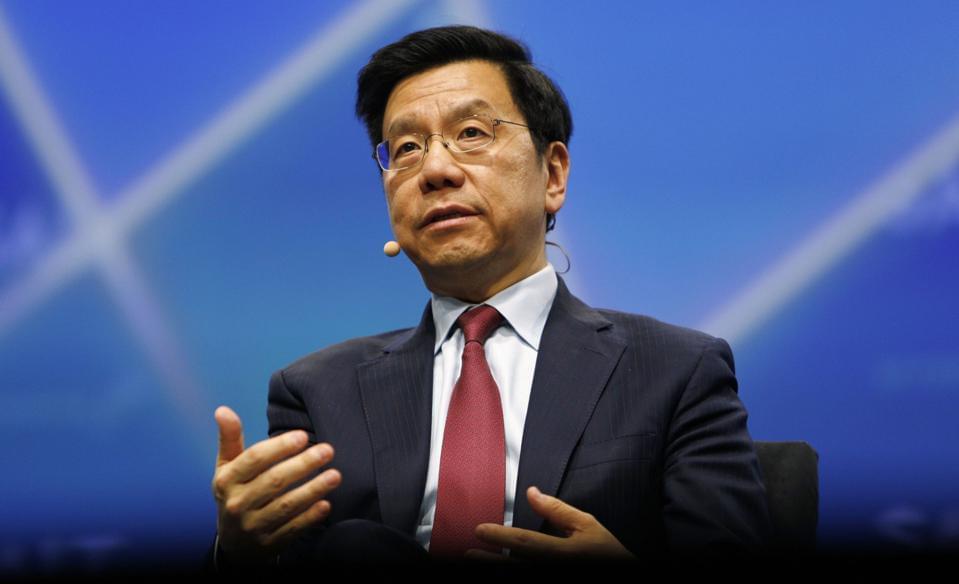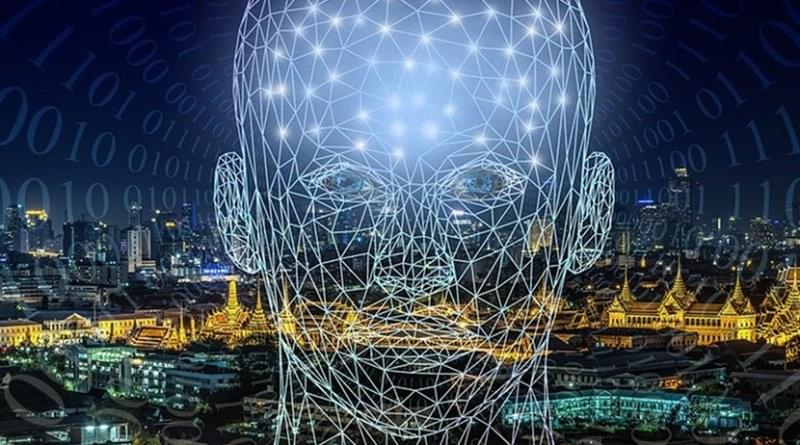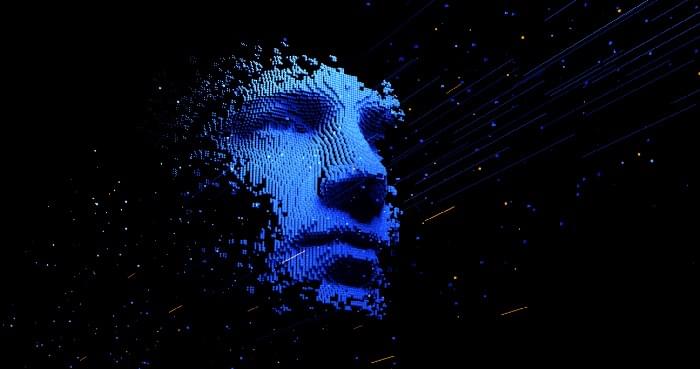AI is changing the way we live and the global balance of military power. Ex-Pentagon software chief Nicholas Chaillan said this month the U.S. has already lost out to China in military applications. Even 98-year-old Henry Kissinger weighs in on AI as co-author of a new book due next month, “The Age of AI: And Our Human Future.”
Kai-Fu Lee has been sizing up the implications for decades. The former Google executive turned venture capitalist looked at U.S.-China competition in his 2018 book, “AI Superpowers.” His new book, “AI 2041,” co-authored with science fiction writer Chen Qiufan, suggests how AI will bring sweeping changes to daily life in the next 20 years. I talked earlier this month to Lee, who currently oversees $2.7 billion of assets at Beijing-headquartered Sinovation Ventures. Sinovation has backed seven AI start-ups that have become “unicorns” worth more than $1 billion: AInnovation, 4Paradigm, Megvii, Momenta, WeRide, Horizon Robotics and Bitman. We discussed Lee’s new book, the investments he’s made based on his predictions in it, and where the U.S.-China AI rivalry now stands. Excerpts follow.
Full Story:








